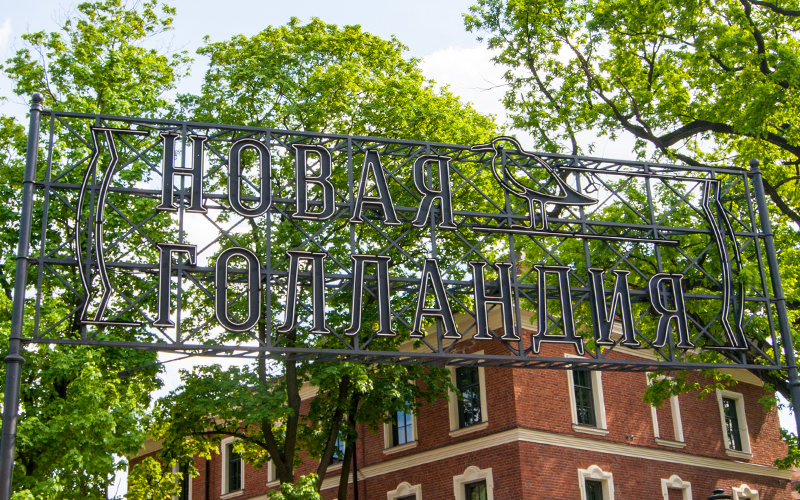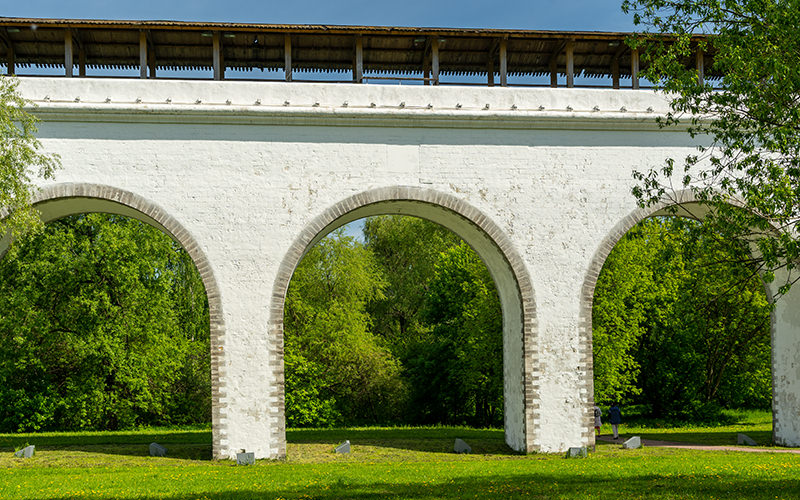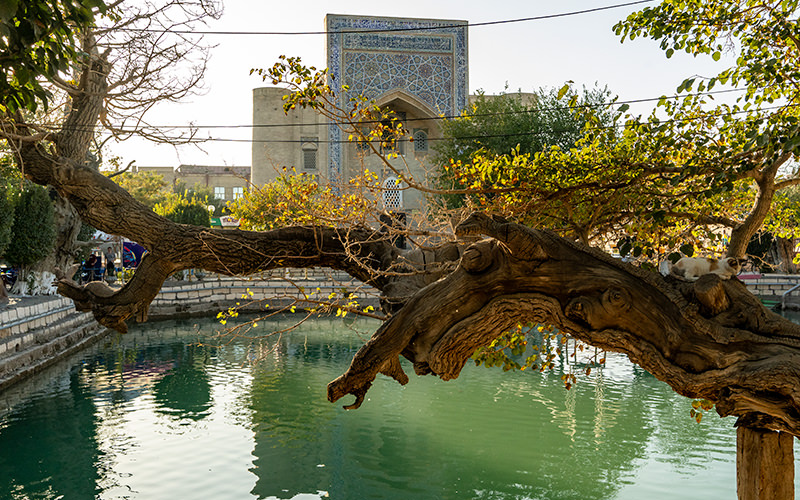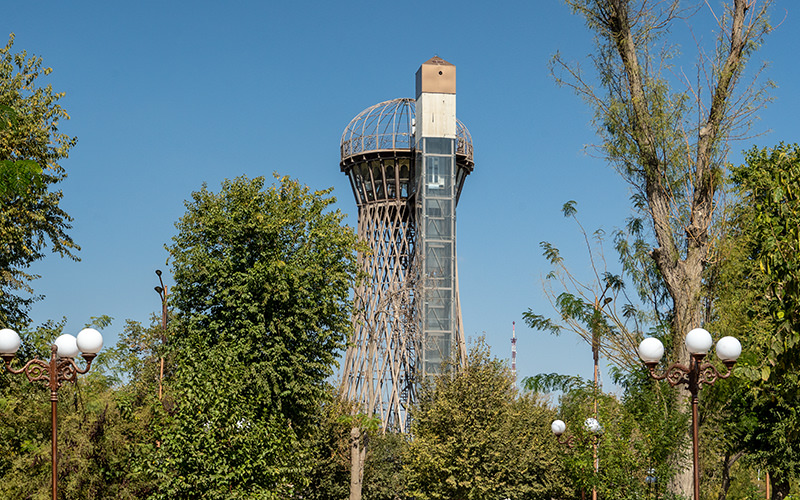In the central part of ancient Bukhara is a complex that is probably visited by every traveler coming to the city. This is the majestic architectural ensemble of Poi-Kalyan. It consists of a minaret, a mosque, and two madrasas.
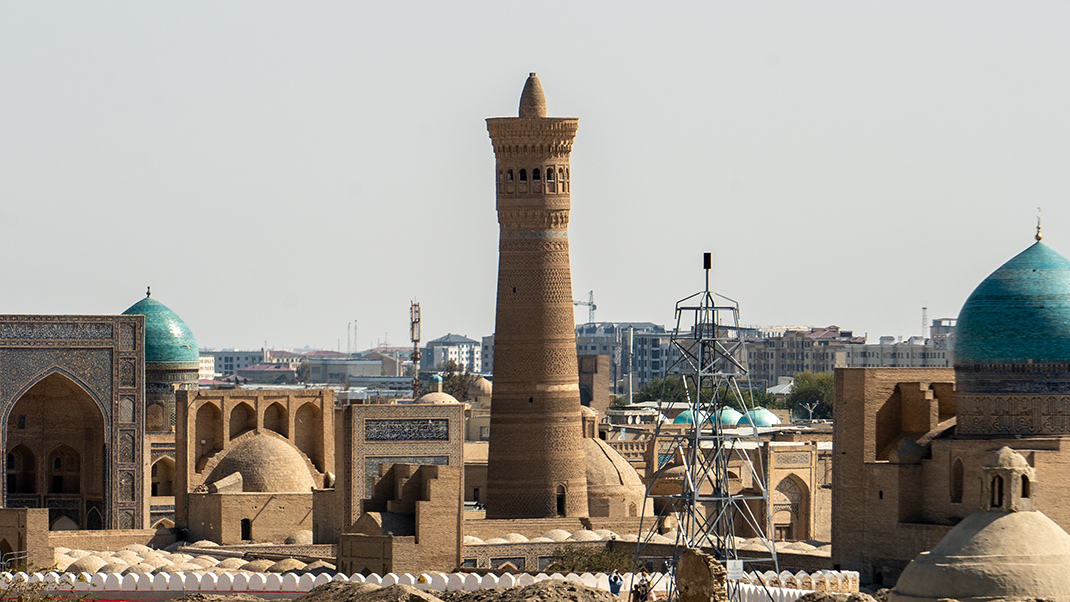
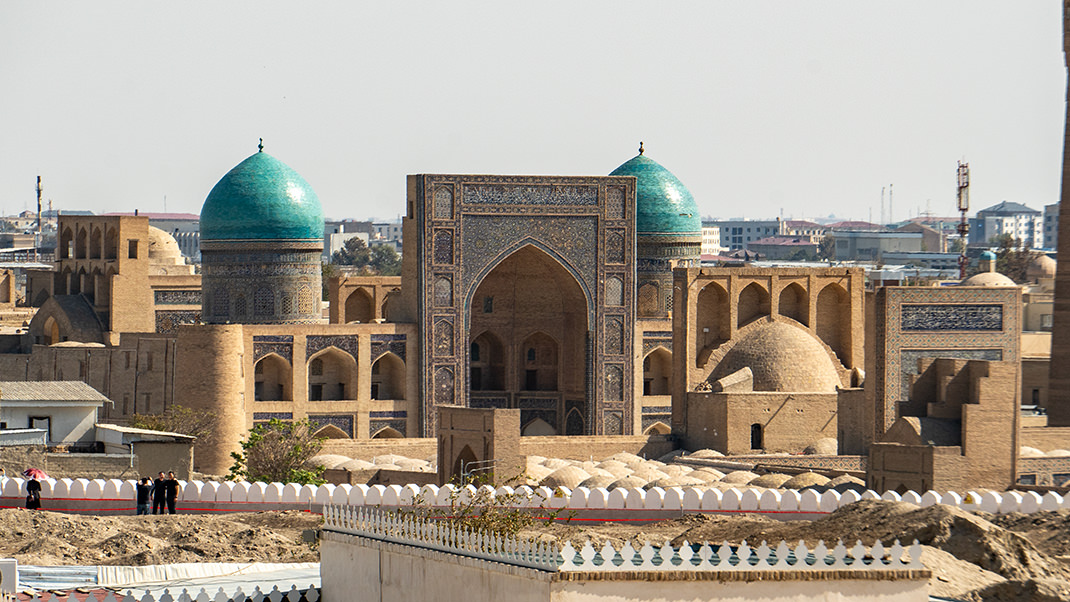
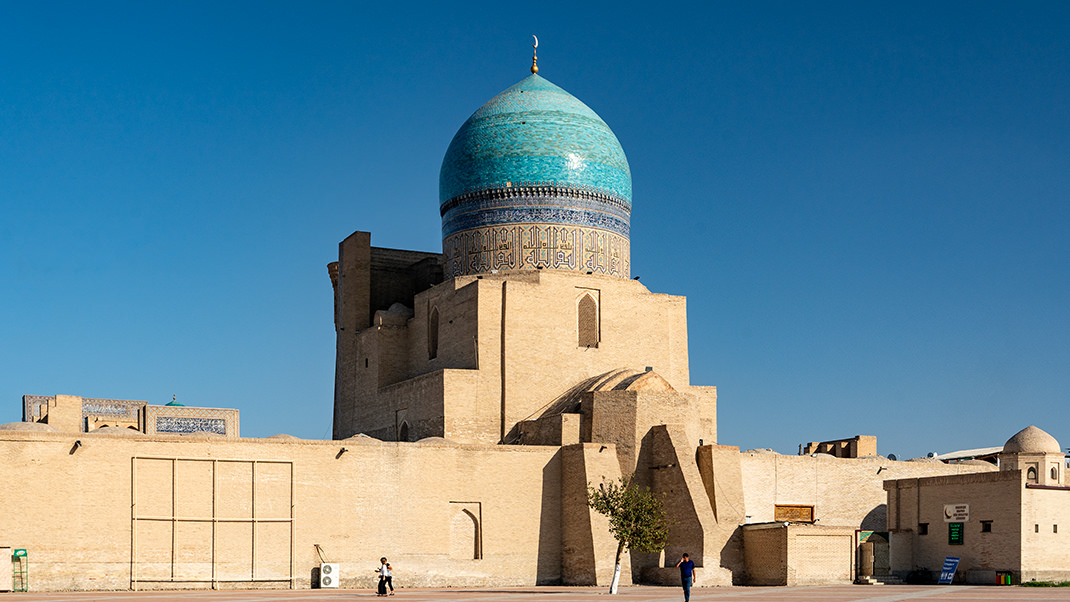
How to Get There
Many famous landmarks in the center of Bukhara are within walking distance of each other, and Poi-Kalyan is no exception. We walked here from the Ark Fortress in about ten minutes. The route is easy to map out using Yandex Maps.
We managed to enter the inner courtyard of the Kalon Mosque. In the fall of 2023, the entrance fee was 10,000 Uzbek soms. Both cash and credit cards were accepted. The Abdullah Khan Madrasa was closed to visitors, but the Miri-Arab Madrasa had a small hall open right at the entrance.
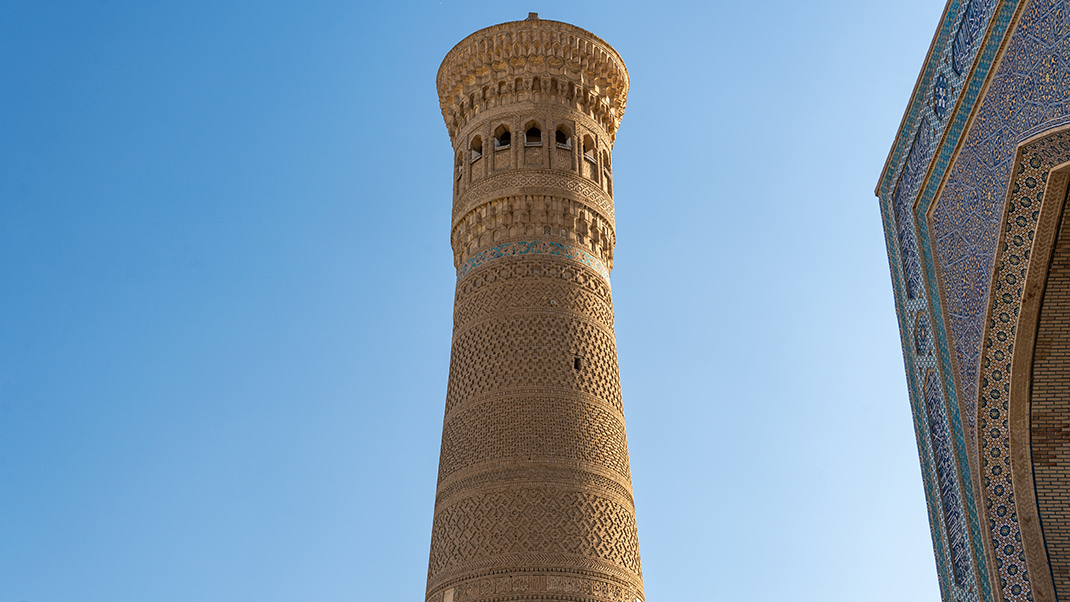
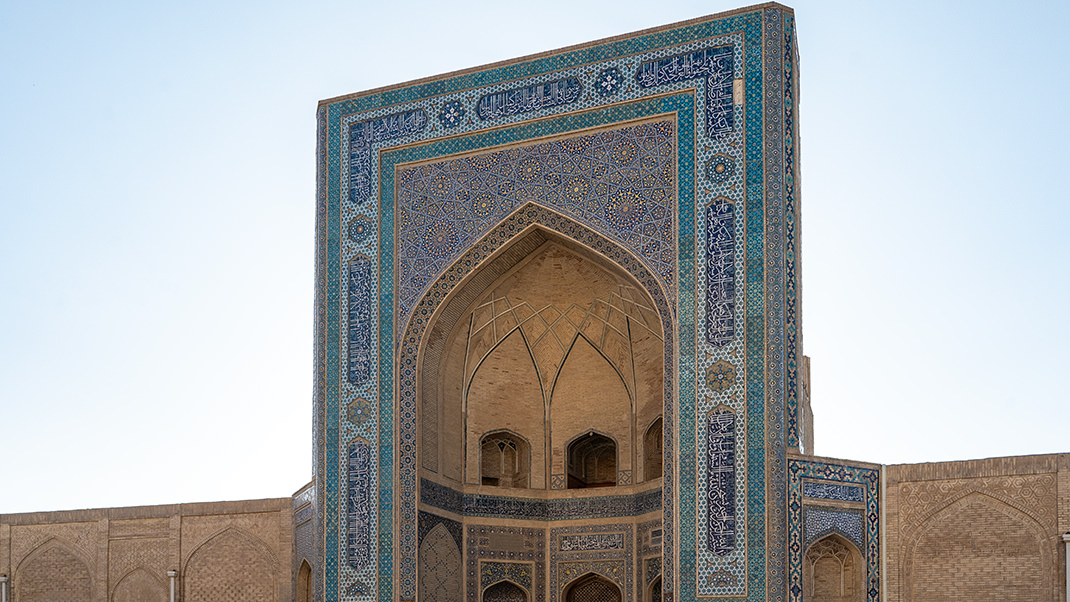
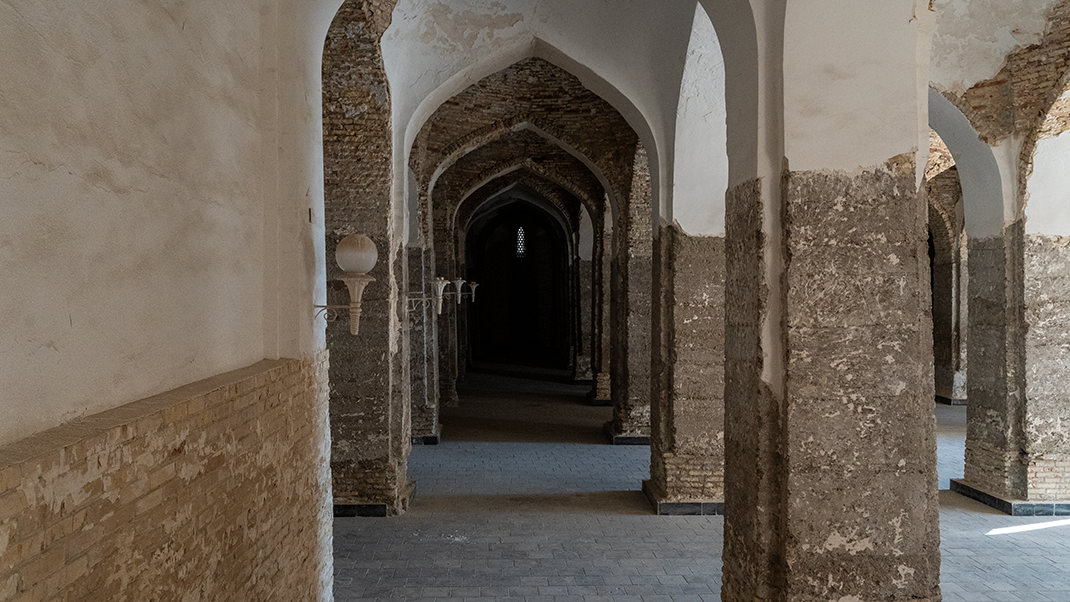
A Bit of History
The buildings in the Poi-Kalyan complex were constructed at different times: the minaret dates back to the 12th century, the mosque was built in the 15th century, and the madrasas were constructed in the 16th and 20th centuries. It’s worth noting that I encountered many different versions of the name of this place: Poi-Kalan, Poi-Kalyan, Poi-Kalon. Literature on the city’s landmarks states that the name means "at the foot of the great."
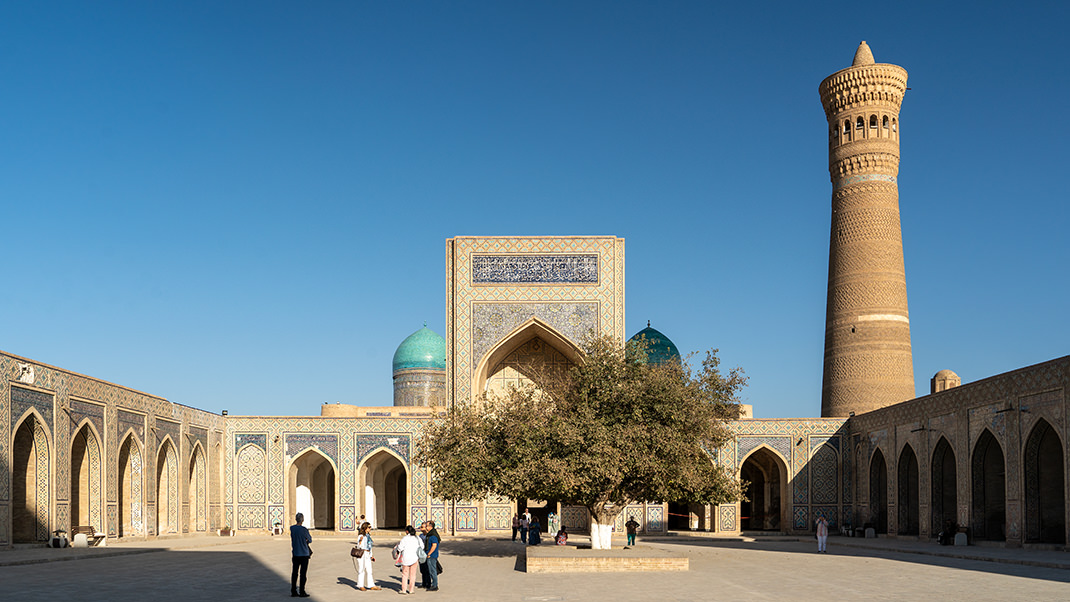
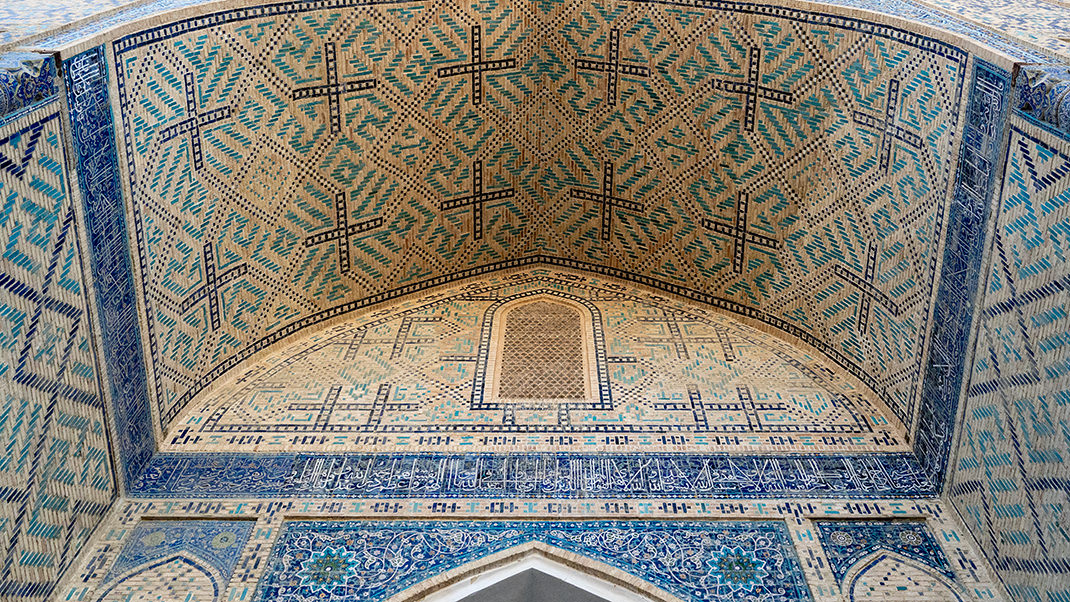
The architectural centerpiece of the Poi-Kalyan complex is the huge minaret, which significantly exceeds the height of the surrounding structures. This is clearly visible, for example, from the Ark Fortress. The 47-meter minaret was constructed in 1121. Interestingly, an attempt to build a similar structure at this site before resulted in the previous minaret collapsing and destroying the mosque located here.
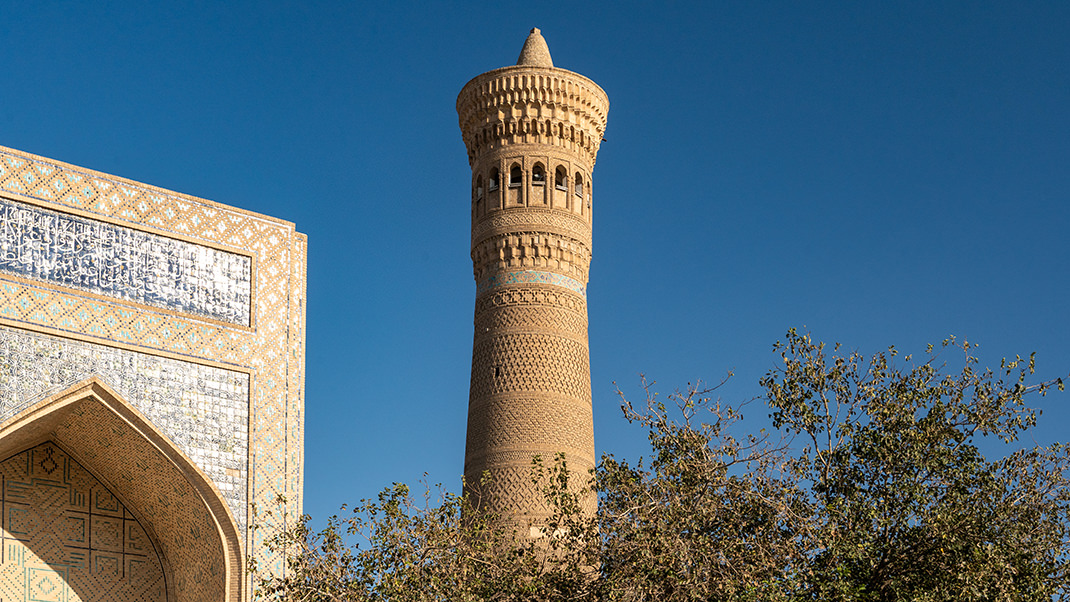
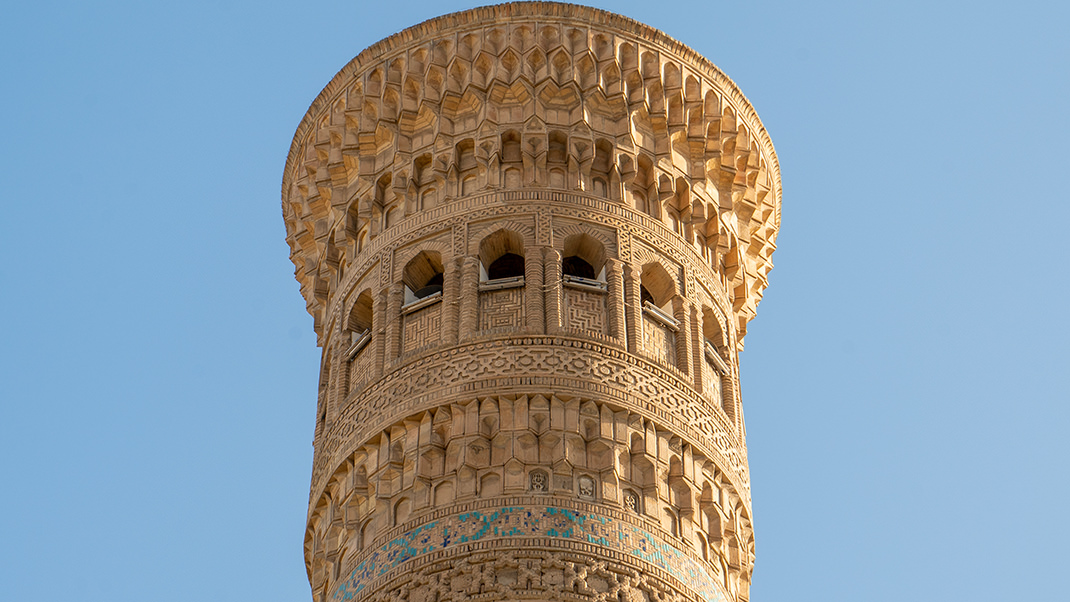
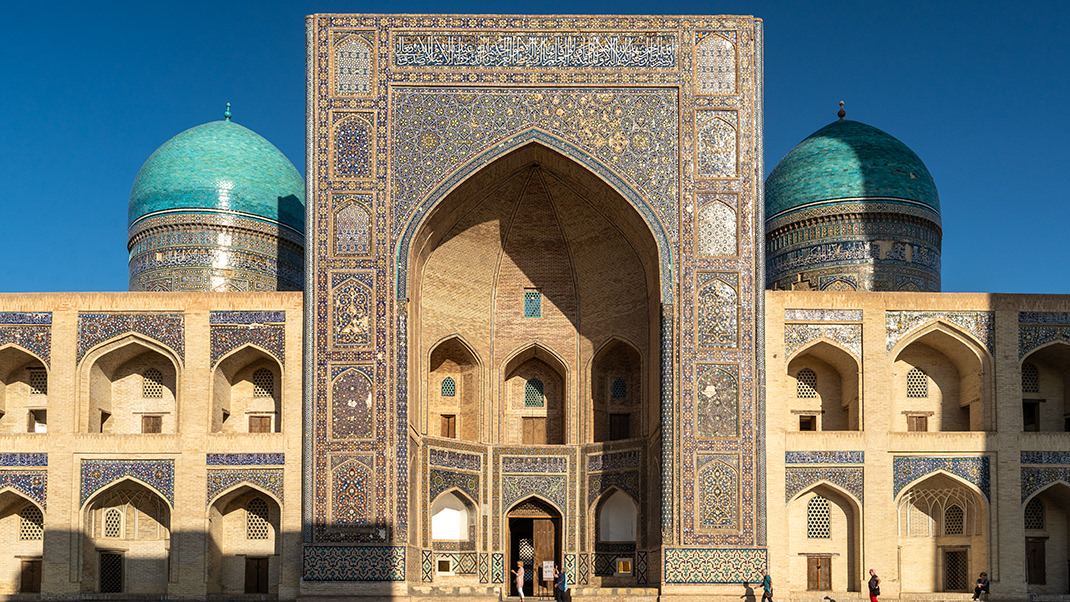
The minaret is situated near the Friday Mosque, Masjid-i-Kalyan. Archaeological excavations have shown that two other mosques existed on this site before the current building was constructed. The mosque we see today was built in the 15th century during the rule of Mirzo Ulugh Beg. On the day of my visit, only the inner courtyard of the mosque was accessible to travelers. It is surrounded by open galleries with 288 domes.
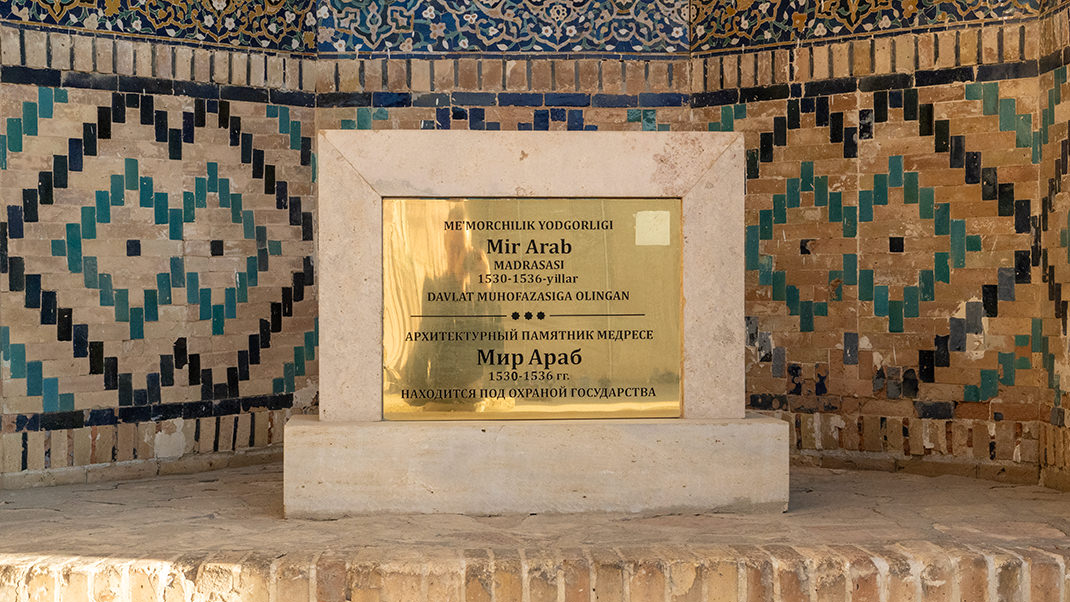
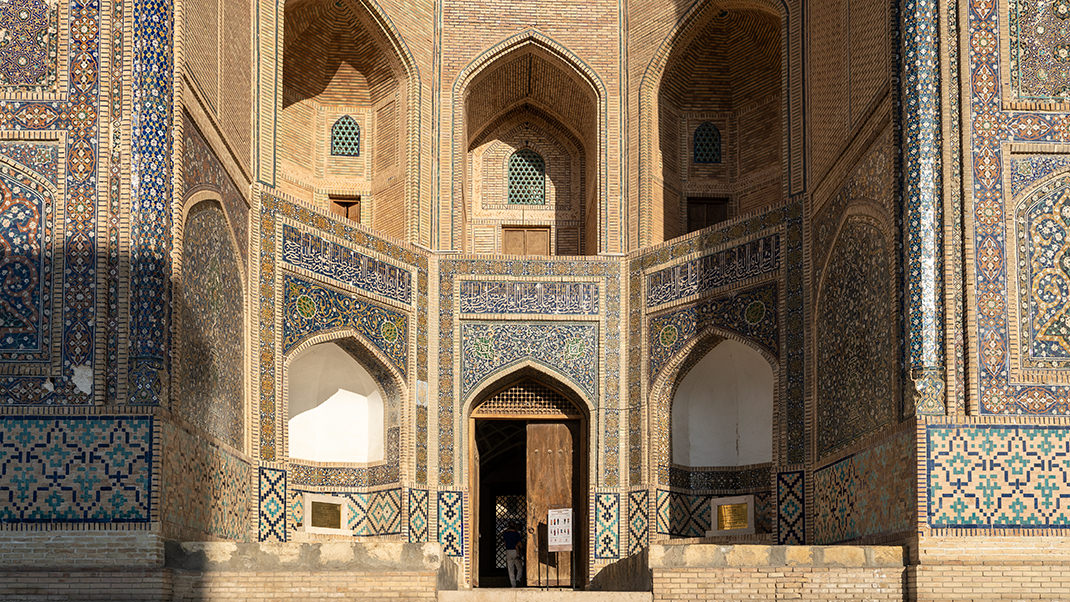
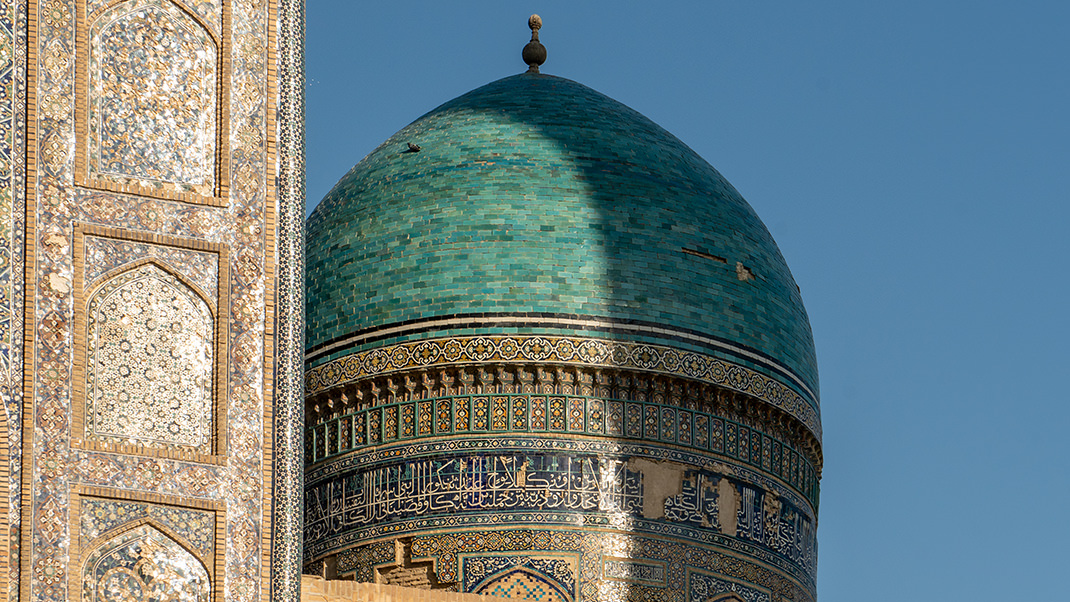
Directly opposite the mosque is the Miri-Arab Madrasa. Recall that a madrasa is a Muslim educational institution in the East. This building was constructed in the first quarter of the 16th century. The construction was initiated by Sayyid Abdullah Yamani, a historical spiritual authority known as Mir Arab. He is buried here, on the madrasa grounds.
In the southern part of the complex stands the Emir Alimkhan Madrasa. It is not always included in the Poi-Kalyan ensemble, and the entrance was closed on the day of my visit, so I’ll just note that it is the most modern building in the area. The structure, named after the last ruler of Bukhara, was built in 1914–1915.
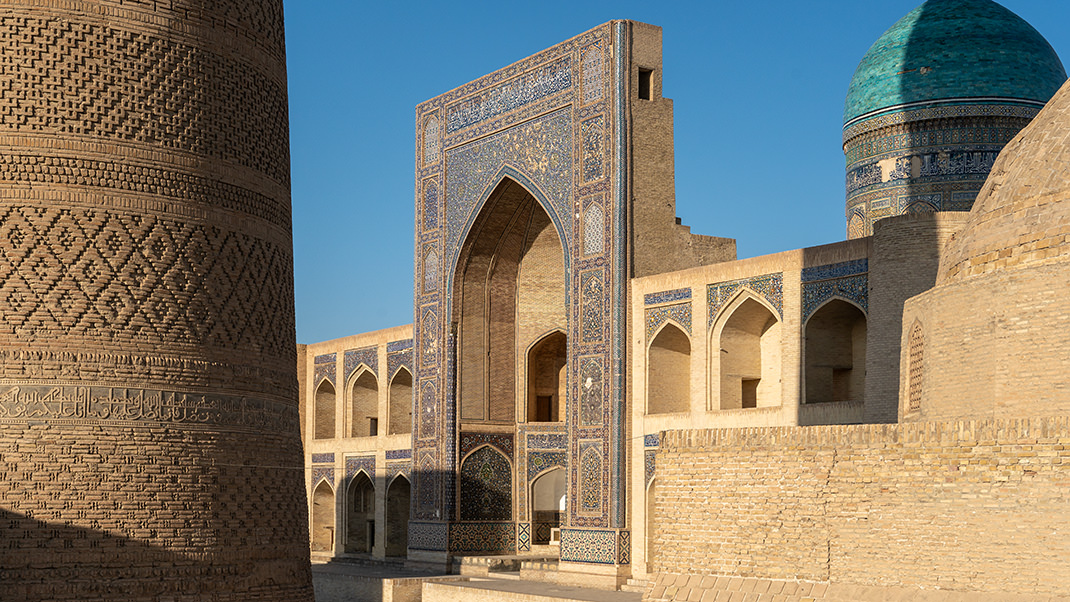
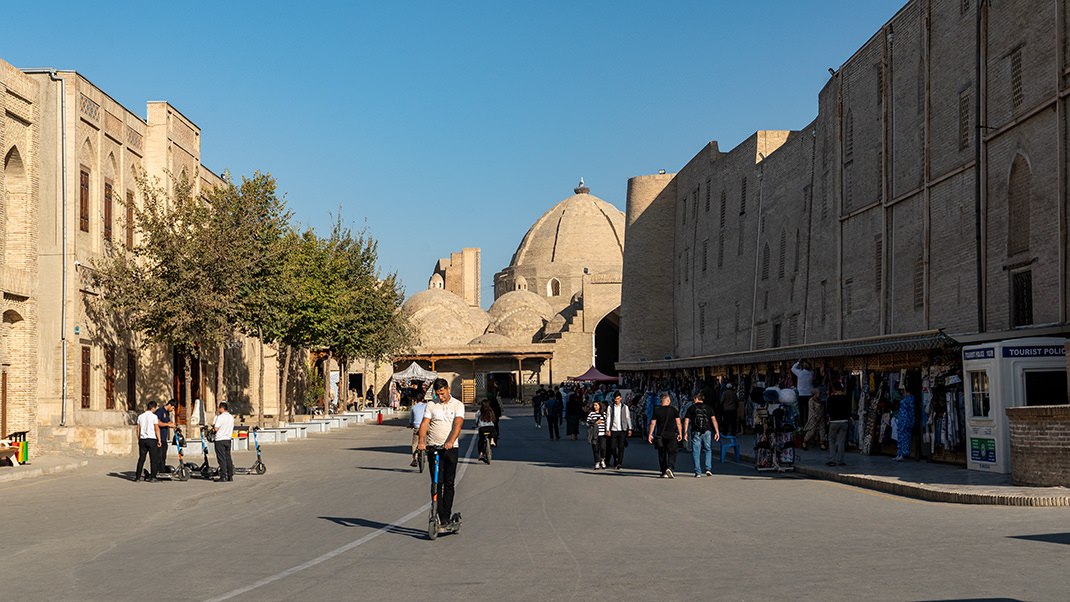
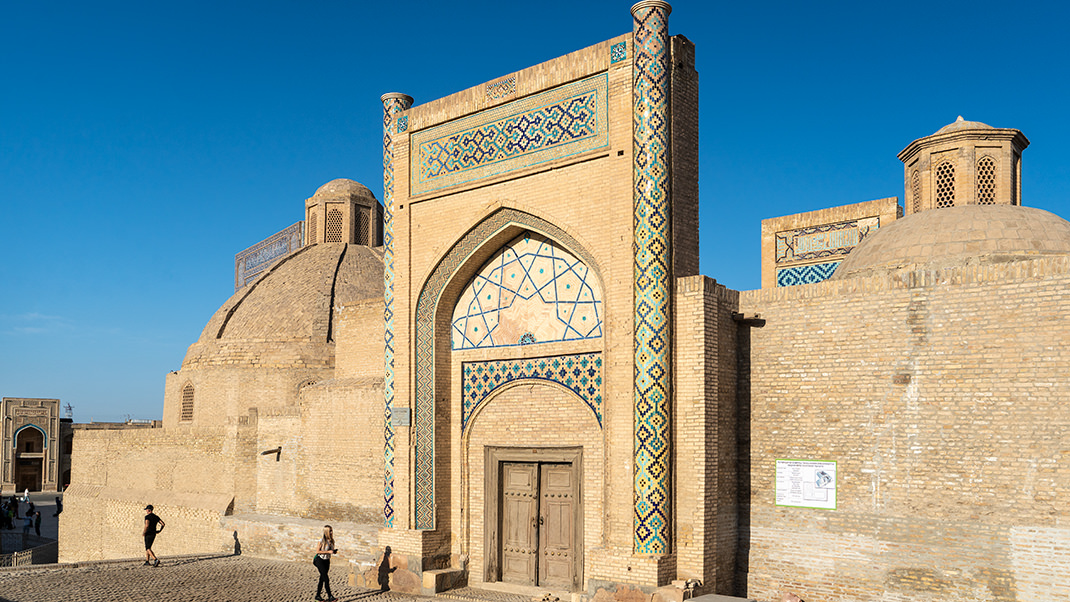
My visit to the complex did not take much time. After exploring Poi-Kalyan, I managed to visit the Labi-Hauz ensemble and climb to the roof of the Chor-Minor Madrasa.
Have a nice trip!


